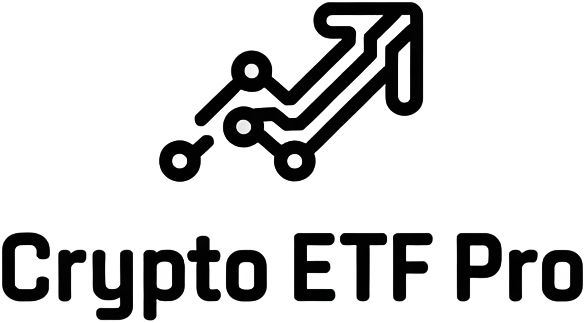
In July 2025, the U. S. Securities and Exchange Commission (SEC) fundamentally altered the operational landscape for crypto ETFs by approving in-kind creations and redemptions for funds holding Bitcoin and Ethereum. This long-awaited shift means that authorized participants can now exchange ETF shares directly for underlying digital assets, rather than settling exclusively in cash. The result is a transformative move toward aligning crypto ETFs with the established mechanics of traditional commodity ETFs, driving structural efficiency and increased institutional adoption.
SEC Bitcoin ETF Rules 2024 vs. 2025: From Cash-Only to In-Kind Redemptions
When spot Bitcoin ETFs debuted in January 2024, the SEC mandated a cash-only structure for creations and redemptions. This required authorized participants (APs) to deliver or receive U. S. dollars rather than actual BTC during primary market transactions. While this approach satisfied regulatory concerns about custody and anti-money laundering controls, it imposed friction on market makers and APs:
- Higher transaction costs: Every ETF share creation or redemption involved buying or selling spot BTC on exchanges, incurring slippage and fees.
- Tax inefficiency: Frequent conversions between USD and BTC triggered taxable events for APs.
- Operational delays: Settlement times were extended by the need to convert assets through intermediaries.
The SEC’s July 2025 approval of in-kind redemptions eliminates these inefficiencies by allowing direct swaps of ETF shares for baskets of Bitcoin or Ether. This change brings crypto ETFs into parity with gold or other commodity-backed funds, where in-kind processes are standard practice.
How In-Kind Redemptions Boost Crypto ETF Efficiency
The technical advantages of in-kind redemptions are significant:
- Reduced trading costs: By bypassing fiat conversion steps, APs avoid bid-ask spreads and exchange fees when creating or redeeming shares.
- Lower tax impact: Direct crypto transfers reduce realized capital gains compared to cash settlement cycles.
- Smoother arbitrage: Market makers can more efficiently balance supply-demand imbalances between ETF shares and spot BTC markets, improving price tracking (lower tracking error).
This new model is already reflected in market sentiment: as of October 7,2025, Bitcoin trades at $124,289.00, maintaining stability despite high volumes of ETF inflows and outflows.
Institutional Crypto Investing: New Dynamics Post-Approval
The move to an in-kind redemption framework is catalyzing greater institutional participation in spot Bitcoin ETFs. Pension funds, endowments, and hedge funds are more likely to allocate capital when operational structures mirror those of established commodities markets. The ability to transact directly with underlying assets also enables sophisticated trading strategies such as cross-market arbitrage or delta-neutral hedging using on-chain tools.
This structural change is expected to drive further innovation among issuers competing on spread minimization, custody integration, and tax efficiency, key differentiators as the market matures beyond simple buy-and-hold products.
Bitcoin Price Prediction 2026-2031 Post In-Kind ETF Redemption Approval
Forecasting BTC price scenarios following the SEC’s in-kind ETF redemption approval, reflecting evolving regulatory landscape and institutional adoption.
| Year | Minimum Price | Average Price | Maximum Price | YoY % Change (Avg) | Market Scenario Insights |
|---|---|---|---|---|---|
| 2026 | $108,000 | $135,000 | $170,000 | +8.7% | Potential post-approval volatility as markets adjust; continued ETF inflows support price. |
| 2027 | $120,000 | $151,000 | $210,000 | +11.9% | Institutional adoption accelerates, but macroeconomic tightening tempers gains. |
| 2028 | $138,000 | $176,000 | $245,000 | +16.6% | New tech upgrades (e.g., Layer 2) and global ETF launches drive demand. |
| 2029 | $156,000 | $203,000 | $290,000 | +15.3% | Broader financial integration; halving event fuels bullish sentiment. |
| 2030 | $174,000 | $227,000 | $330,000 | +11.8% | Peak institutional penetration; regulatory clarity spurs price discovery. |
| 2031 | $162,000 | $215,000 | $310,000 | -5.3% | Market consolidation phase; increased competition and regulatory headwinds. |
Price Prediction Summary
Bitcoin is expected to experience steady growth from 2026 to 2030, driven by enhanced ETF efficiency, increasing institutional adoption, and periodic technological and regulatory catalysts. The approval of in-kind ETF redemptions is a major factor, reducing sell pressure and attracting more capital. However, natural market cycles, macroeconomic factors, and increased competition may lead to higher volatility and a consolidation phase post-2030.
Key Factors Affecting Bitcoin Price
- SEC approval of in-kind ETF redemptions, increasing ETF efficiency and appeal.
- Growing institutional adoption as ETFs become more accessible and cost-effective.
- Global regulatory developments and harmonization.
- Technological improvements (e.g., scalability, security, Layer 2 solutions).
- Market cycles, including Bitcoin’s 4-year halving events and macroeconomic conditions.
- Potential competition from alternative digital assets and tokenized real-world assets.
- General trends in global risk appetite and capital flows.
Disclaimer: Cryptocurrency price predictions are speculative and based on current market analysis.
Actual prices may vary significantly due to market volatility, regulatory changes, and other factors.
Always do your own research before making investment decisions.
The regulatory milestone has also prompted new discussions around best practices for digital asset custody and compliance frameworks within ETF operations. For a deeper technical dive into how these mechanisms work and what investors should monitor going forward, see our analysis at this resource.
As in-kind redemptions become the new standard, ETF issuers are rapidly adapting their infrastructure to facilitate seamless crypto transfers. This has direct implications for both operational risk and investor experience. Custodians must ensure robust on-chain settlement protocols, while APs require reliable connectivity to major exchanges and liquidity pools to manage large-scale transactions efficiently. The transparency of blockchain settlement also enhances auditability, a critical factor for institutional compliance teams.

Market Stability and Price Discovery at $124,289.00
One of the most notable effects of the in-kind model is improved market stability for Bitcoin ETFs. By allowing direct redemption in BTC, sell-offs no longer force funds to liquidate positions on spot exchanges, thus reducing abrupt downward price pressure. This mechanism supports more accurate price discovery and narrows the gap between net asset value (NAV) and market price.
At a current Bitcoin price of $124,289.00, ETF share prices are tracking closer to NAV than during the cash-only era. This alignment benefits all shareholders by minimizing discounts or premiums that previously arose from inefficient arbitrage.
Key Benefits of In-Kind Redemptions for Institutions
-
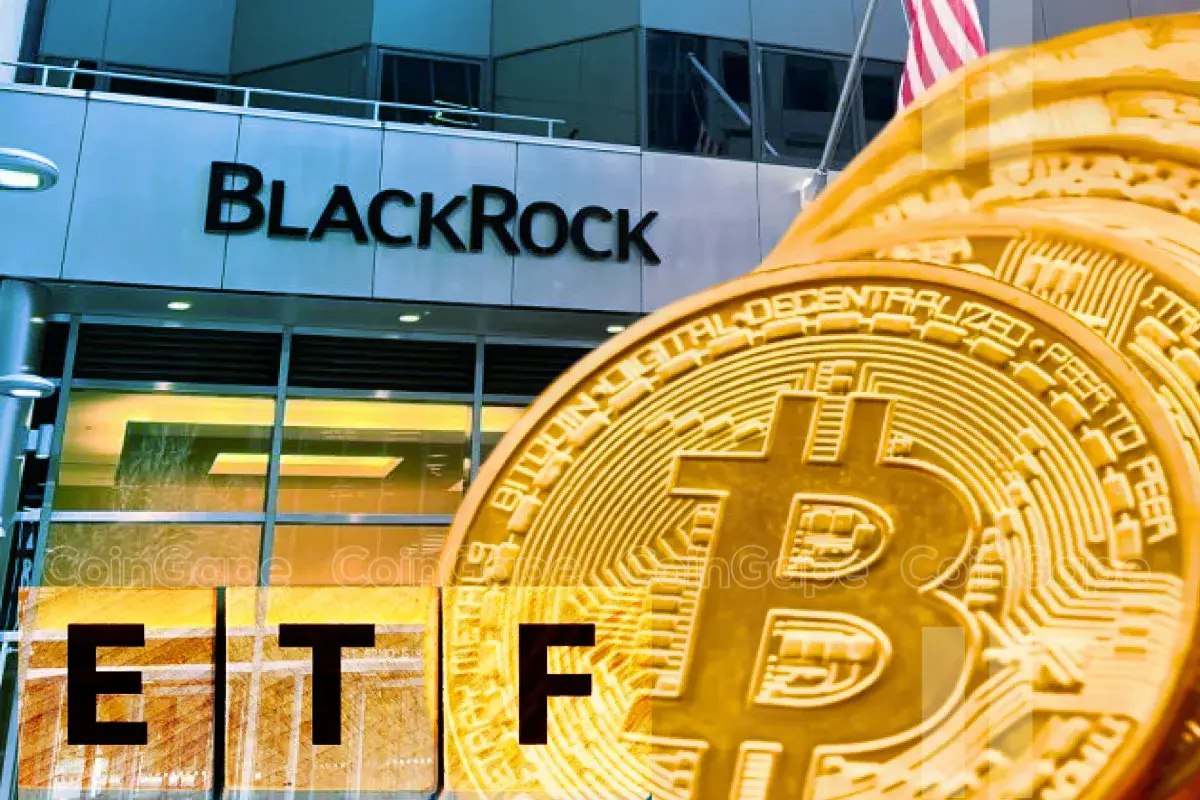
Lower Transaction Costs: In-kind redemptions allow institutional investors to exchange ETF shares directly for Bitcoin, eliminating the need for cash conversions and reducing trading fees and slippage. (Source: ETF.com)
-
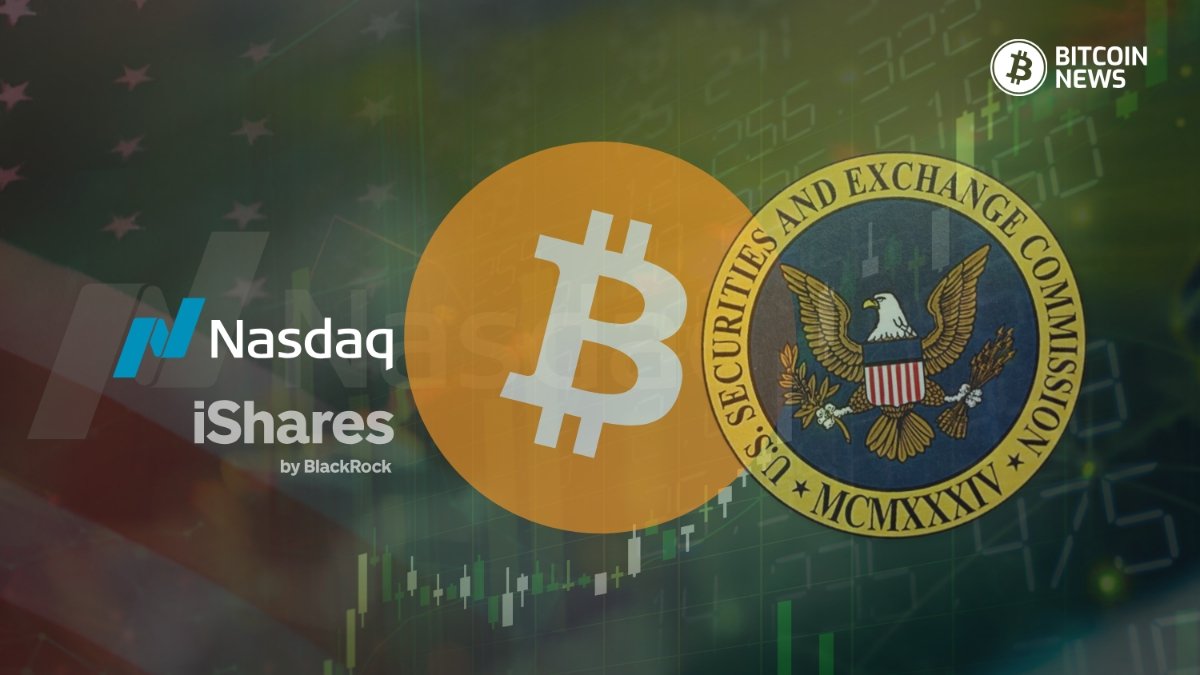
Tax Efficiency: By avoiding forced sales of Bitcoin for cash, in-kind redemptions help institutions minimize taxable events and defer capital gains tax liabilities. (Source: Nasdaq)
-
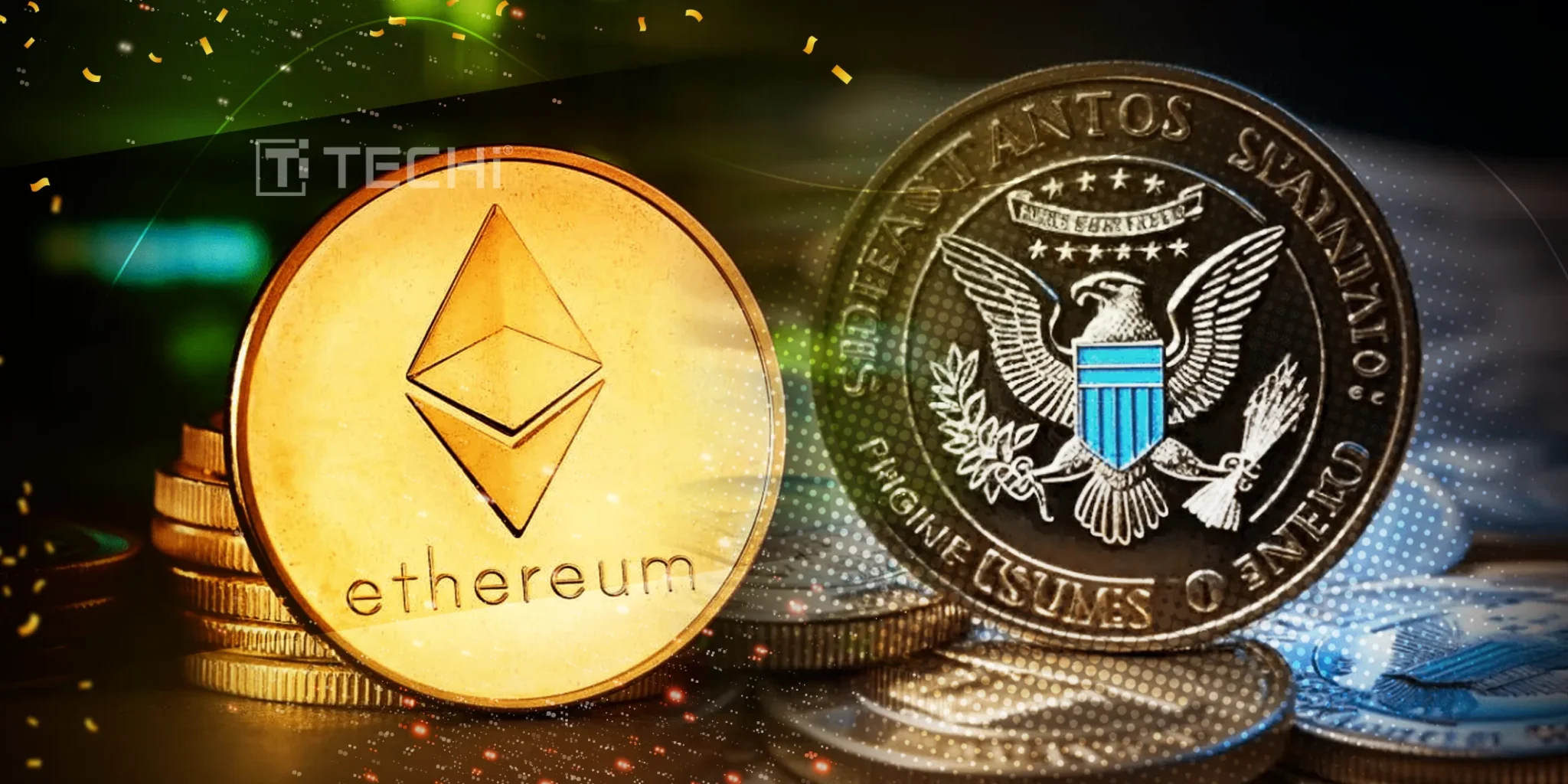
Operational Streamlining: Institutions benefit from a more seamless settlement process, as in-kind mechanisms mirror those of traditional commodity ETFs, reducing operational complexity. (Source: Reuters)
-

Market Impact Reduction: Direct crypto-for-ETF share exchanges decrease sell pressure on Bitcoin markets, supporting price stability—especially important with Bitcoin trading at $124,289.00 as of October 2025. (Source: Nasdaq)
-
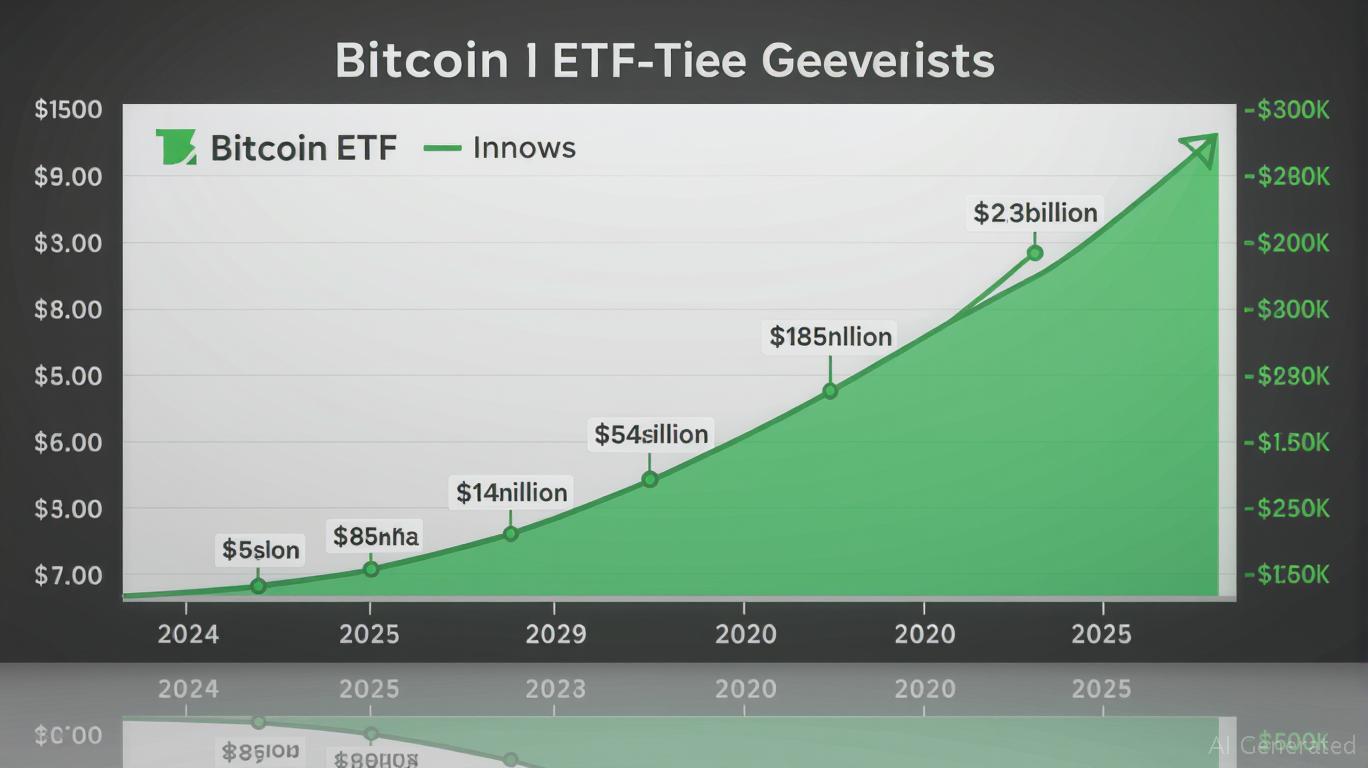
Enhanced Liquidity Management: In-kind redemptions enable institutions to more efficiently manage large positions in Bitcoin ETFs without disrupting spot market liquidity. (Source: Techi.com)
Challenges and Next Steps for Crypto ETF Structures
Despite the clear efficiency gains, some challenges remain. Regulatory guidance is still evolving around anti-money laundering (AML) controls specific to on-chain settlements. Each crypto ETF may require individual SEC review before implementing in-kind processes, adding layers of legal complexity.
Additionally, not all market participants have equal access to deep crypto liquidity or advanced custody solutions. Smaller issuers and APs could face barriers compared to larger players with established digital asset operations.
Nevertheless, industry consensus is that these hurdles are surmountable as technology matures and regulatory frameworks clarify expectations. The recent SEC decision signals a broader shift toward treating digital assets with parity alongside traditional commodities, a trend likely to accelerate as demand grows.
“In-kind redemptions are a game-changer for spot Bitcoin ETF structure, bringing cost savings, tax efficiency, and operational transparency all at once. “
Looking Ahead: The Future of Spot Bitcoin ETFs
The adoption of in-kind redemptions marks a pivotal moment for institutional crypto investing. As more funds implement this model, expect increased competition around fee structures and service quality, ultimately benefiting end investors through lower costs and tighter spreads.
With Bitcoin holding above $124,289.00, the ETF landscape is poised for further growth as new products leverage this regulatory clarity to attract capital from both retail and sophisticated institutions.
For ongoing updates on how these changes are reshaping the market, and what it means for your portfolio, see our full technical breakdown at this resource.
